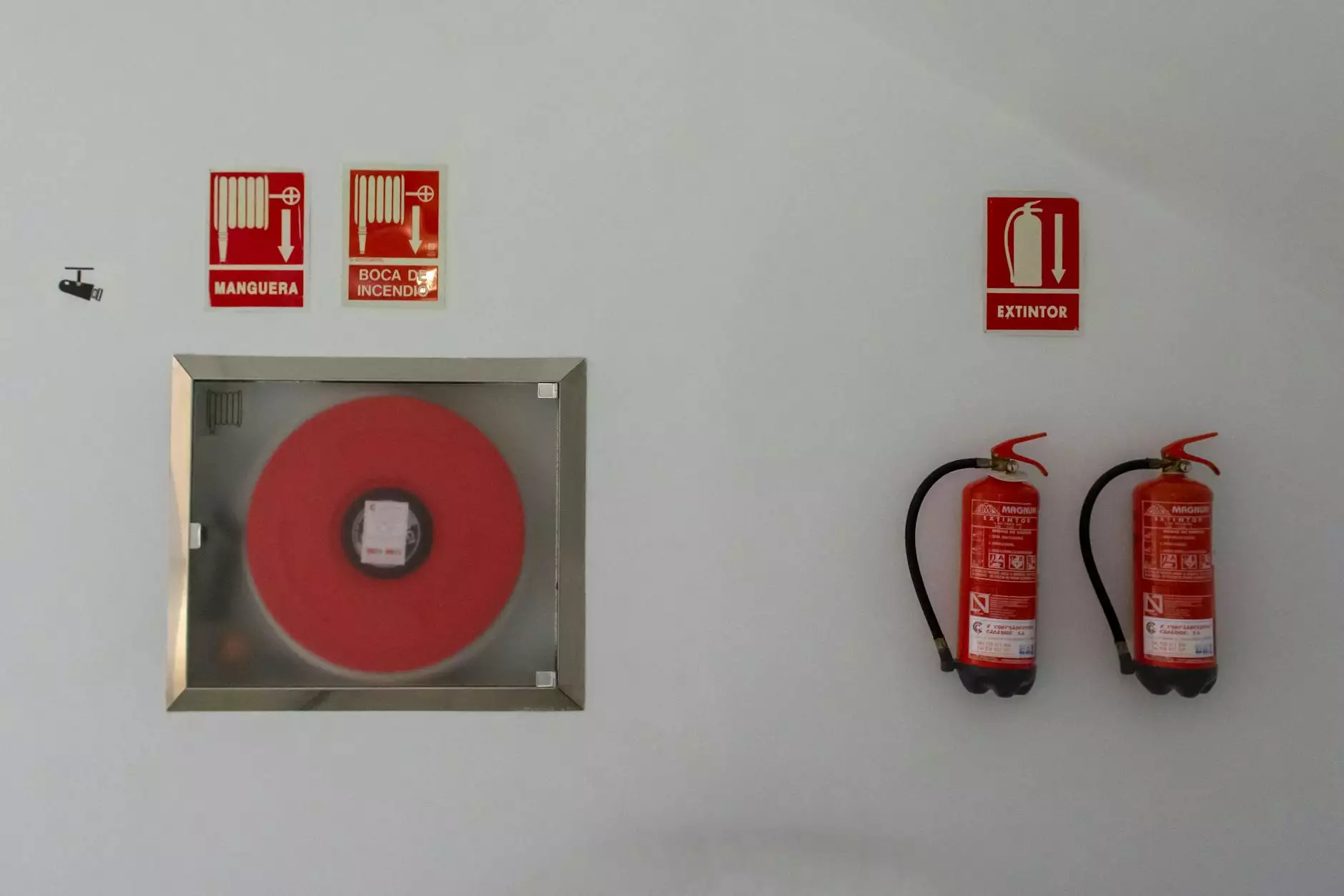The Ultimate Guide to Label Printers: Revolutionizing Your Business

In today's fast-paced business environment, efficiency is essential. Companies are continuously seeking methods to enhance productivity and optimize their operations. One invaluable tool in this quest for efficiency is the label printer. This article will explore the various types of label printers, their benefits, and how they can significantly improve your business processes.
What is a Label Printer?
A label printer is a compact printing device designed to create labels of various sizes and for numerous purposes. These printers can produce high-quality labels with precise text and images, allowing businesses to streamline their branding, organization, and compliance tasks. Whether used in retail, logistics, healthcare, or other industries, label printers play a vital role in enhancing operational workflows.
Types of Label Printers
Understanding the different types of label printers available is crucial for selecting the right one for your business needs. Here are the most common categories:
1. Direct Thermal Label Printers
Direct thermal label printers create images by applying heat to special thermal paper. This method is known for its cost-effectiveness and simplicity. Key benefits include:
- Lower initial purchase costs
- Easy to operate—no ink or toner required
- Ideal for short-term label applications, such as shipping labels or barcodes
2. Thermal Transfer Label Printers
In contrast, thermal transfer label printers use heat to transfer ink from a ribbon onto the label material. This method is preferred for its durability and is suitable for a variety of applications. Advantages include:
- Higher quality prints that resist fading and smudging
- Versatility in media options—from paper to synthetic materials
- Longer shelf life—which is critical for barcoding and product identification
3. Inkjet Label Printers
Inkjet label printers operate by spraying microscopic ink droplets onto labels. This technology is suitable for full-color printing and intricate designs. Benefits include:
- High-quality images suitable for branding and marketing purposes
- Ability to print on a wide range of materials, including specialty label stock
- Cost-effective for low-volume printing needs
4. Laser Label Printers
Laser label printers utilize a laser beam to form images on labels. They are known for their speed and efficiency, making them ideal for larger print runs. Key advantages include:
- Faster printing speeds compared to inkjet options
- Professional-quality prints with a sharp finish
- Cost-effective for high-volume printing
Benefits of Using a Label Printer in Your Business
Integrating a quality label printer into your business can offer numerous advantages. Here are some key benefits:
1. Increased Productivity
Label printers can drastically reduce the time spent on manual labeling tasks. By automating the process, businesses can focus on more critical operations and improve overall productivity.
2. Cost Savings
Though there may be an initial investment in acquiring a label printer, the long-term savings are substantial. In-house printing reduces reliance on outsourcing, which can often be costly and delayed. Additionally, businesses can save on materials by ensuring only necessary quantities are printed.
3. Enhanced Branding and Professionalism
With a label printer, businesses can create custom labels that enhance their brand identity. High-quality labels foster a sense of professionalism that can attract and retain customers.
4. Compliance and Organization
In industries that require strict compliance with labeling regulations, a label printer can ensure accurate and legible labels are created in accordance with guidelines, helping businesses avoid costly fines. Additionally, proper label organization can lead to improved inventory management and tracking.
How to Choose the Right Label Printer for Your Business
Selecting the best label printer for your business involves several considerations. Here are some key factors to evaluate:
1. Printing Volume
Assess your typical printing volume. If you frequently need to print large batches of labels, consider a high-speed thermal transfer or laser printer. Conversely, for low-volume needs, a direct thermal or inkjet option may suffice.
2. Label Size and Material
Determine the sizes and types of labels you will print. Ensure the printer is compatible with your chosen label stock, whether paper, vinyl, or synthetic materials.
3. Print Quality Requirements
Consider the level of detail and color accuracy needed for your labels. For basic barcodes and text, lower resolution may be sufficient. However, products requiring branding and images will benefit from higher-quality options.
4. Connectivity Options
Modern label printers often come with various connectivity options such as USB, Bluetooth, or wireless capabilities. Choose a printer that aligns with your preferred method of integration into your existing workflow.
5. Budget
While it’s tempting to invest in the cheapest option available, consider the printer's long-term operational costs, including maintenance, ink/ribbon replacement, and consumables. Choosing a slightly more expensive, durable printer may result in lower costs over time.
Conclusion
Incorporating a label printer into your business strategy is not just about printing labels; it’s about enhancing efficiency, professionalism, and compliance while saving costs. By understanding the types of printers available, their benefits, and how to select the right one, your business can position itself for success in an increasingly competitive market.
For those looking for high-quality printing services and electronics, consider exploring the innovative solutions offered by Durafast Label. With a comprehensive range of products and services, they can help streamline your labeling processes and optimize your branding strategies.









